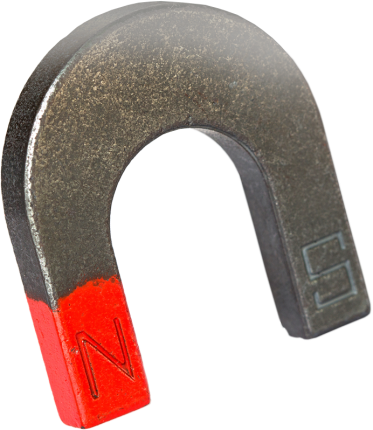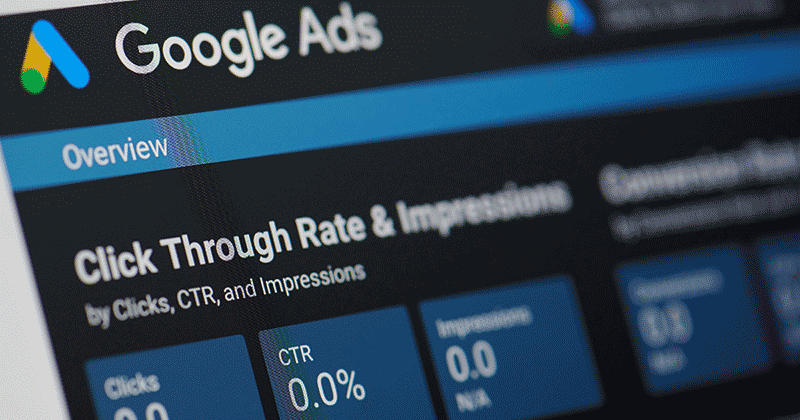Amazing New PPC Tactics
Moderator Matt Van Wagner says that at this session you’ll probably see a few things you’ve never seen before. Our speakers are Addie Conner, Director of Search Marketing, CourseAdvisor; Stanislas Di Vittorio, Founder, eSearchVision; Siddarth Shah, Senior Bsiness Analyst, Efficient Frontier; David Szetela, Owner and CEO, Clix Marketing; and Natala Menezes, Product Manager, User Experience and New Product Development, Microsoft
Addie Conner is presenting on account and campaign structure theory. She says that every business is different, so these are just considerations for you. She asks the audience who runs multiple accounts. Multiple accounts give you an account quality score, keyword quality score and ad text quality score. Considerations for making such an account structure include quality score, organization, keyword types (relevancy, head vs. tail), and execution strategy.
The keyword type is another consideration, like relevancy and whether it is a head or long tail. For your launch and expansion strategy, ask yourself:
- Do you plan to expand?
- How are you expanding?
- What types of keywords will you run on? (Behavioral, long tail, etc.)
Engines care about:
- Relevancy
- Traffic
- Click through rate
Consider your account quality score at launch. If planning on going for longer tail or behavioral, launch with most-relevant terms, higher traffic-terms to first build relevancy and add less-relevant terms later or break out account structure by keyword types so as not to “taint” your most relevant keywords. Bid high to start to garner strong CTRs and establish keywords. When building the account and campaign structures, keep expansion strategy in mind.
Campaign structure considerations are your engine, the tools, and the business.
Regarding the engine, you have inter-campaign considerations:
- Geotargeting
- Intra-day parting and day parting
- Campaign level budget
- Content vs. search
- Engine vs. manual or third option
- Party optimization
For tool considerations, ask yourself:
- Can the tool bid match types separately?
- Does it have clustering tools for long tail bidding?
- Does the clustering/optimization depend on the account structure?
- Can it cluster across ad groups?
- Does it attempt to build bid to position and bid to traffic models?
- Can it optimize to different goals within a campaign or account?
- Can you exclude certain keywords, ad groups or campaigns from using the tool?
Business considerations include:
- Levers (ie: inventory, caps, quotas, geos)
- Reporting
- Budgeting control
- Conversion volume
Stan Di Vittorio is going to talk about leveraging the power of APIs for SEM. All SEM campaigns have long tails. When looking at long tail you want to maximize the ad effectiveness, don’t use dynamic keyword insertion. Instead, have targeted, relevant ads that will get a higher quality score; however, it is much more granular.
As for conversion rates, don’t send users to your home page. Instead send them to the page with the product. It requires a very detailed URL, and again, a granular campaign which requires detailed product info.
The answer to creating this campaign is using an API – an interface used to access an application or a service from a program, like Google AdWords. Using an API allows you to do bidding, editorial, and reporting.
Pros of using APIs:
- Make granular changes to a campaign on a mass scale
- Make real-time changes
- Automate optimization
- Intgrate with other data feeds and manage your data flow
Cons of using APIs:
- You have to build it and maintain it
- It costs a lot of money
When leveraging APIs:
- Keep a product listing up-to-date. Add new products and remove obsolete or unavailable products.
- Keep prices up to date. Change creative as needed.
- Make ad pressure dependent on existing inventory.
Natala Menezes works at Microsoft adCenter and says the core values at the company are quality, transparency and efficiency. She’ll be talking about keywords and bulk tools.
Keyword lists are hard to develop and there’s not a lot of easily available data on keywords. Marketers need data and an Excel add-in (Beta) will give absolute numbers (data directly from Live Search query logs and adCenter impressions), demographic data, and portable data. Download the add-in for Excel 2007 at http://advertising.microsoft.com/advertising/adcenter.addin
Managing keywords is messy. Uploading keywords and ads takes a lot of time. It’s not easy to copy and paste, and sometimes you want to change a lot of little things all at once. Yesterday, Microsoft announced the Beta release of adCenter Desktop. Register for the pilot at http://advertising.microsoft.com/adcenter.beta-pilot-signup. It allows:
- quick import
- bulk edits and research
- notifications
- and more (including better navigation, quick interface, creation wizard, keyword research)
Siddarth Shah will discuss managing risk in PPC. He defines risk as a state of uncertainty where some of the possibilities involve an undesirable outcome. He’ll talk about understanding, analyzing and what to do about risk.
A histogram is a graphical version of a table that shows what proportion of cases fall into each of several categories, or bins. Make a histogram by taking your keyword data and loading the Analysis ToolPak in Excel. Categorize the revenue into bins. With a head term histogram, you typically use the top 10 keywords by spend. Keyword distribution is similar to a bell curve and you can see that keywords perform like large cap stock. You can see if something is going wrong and focus your expectations. With a tail term histogram you use low spend keywords, there is no obvious distribution pattern and it performs like a small mirror stock.
He’s using a tree map to visually show how much each keyword is being given in the budget. It’s a rectangle broken down into smaller rectangles that are proportionate to the percent of spend they are getting. He says that you can make such a map with an Excel add-in. For more on histograms go to http://blog.efrontier.com/
Dave Szetela is talking about best practices for content campaigns, or in his words, Content Advertising Really Doesn’t Suck.
Why content advertisers lose money:
- Ads appear on irrelevant pages and get bad clicks
- Keywords must identify target sites, not advertised products/services
- The ideal ad group contains 20 or so one- and two-word keywords
Building great content keyword lists:
- Use words/phrases that appear most frequently on the target sites’ pages
- Use negative keywords to block ads from appearing on irrelevant pages
- The process David uses:
- Use the AdWords placement tool to find ten or so sites within your target categories.
- Load the home pages of the first 10 sites displayed, and so a quick copy-and-paste to copy all the words on the page to a text document.
- Do a Google search on a couple terms that frequently appear on target sites and add those to the text document.
- Save the text file and load it into Textranz to produce a list of the most commonly occurring one- and two-word combos.
- Create a short list of the most frequently-occurring words.
- Include negative keywords to block ads from appearing on irrelevant pages.
Would you recommend putting brand terms and non-terms in different accounts?
Addie says to just keep them in their own ad group.
Any thoughts about the Google content network?
David says that he’s got some posts on his blog about that.
Would Microsoft consider making tools available across all engines?
Natala says that she’d love to see more APIs available across engines. The obstacle is getting access from other engines. They do support data portability, however.
Where can we get the tree map Excel add-in?
Siddarth says to search for “tree mapper excel add in” to get the Microsoft Research tool. Natala asks if the audience would like to see that kind of thing available through adCenter, and some people nod their heads.
How much do you use Google’s placement performance report?
David says he uses it quite a bit because occasionally ads are not run well and they have to exclude ads from the places they are showing up but don’t really belong.
How does one determine optimal bids for long tail keywords that are lacking in historical data?
He says the issue with not having enough stats is how do you aggregate enough data to get an estimate of what to pay. One condition is how long you’re willing to wait. Another is a proxy indicator, and you can cluster enough keywords together to believe that the representation is accurate. The tricky issue is how to cluster. It depends on the campaign and product. Addie says that one thing to do when looking at clustering is to identify patterns across keywords. She says that the length of keywords will show clear patterns and you can borrow that info for other keywords that are alike. Sid looks at the number of clicks it takes to convert. He says that not all tail terms are created equal – look at the bid position. Allow low bid terms to get higher bids – give them a chance. High-bid, high-position keywords are risky and are the worst type of tail term.
How long do you think you should maintain high bids at the outset of your campaign in order to help your quality score?
Addie says that some variables to consider are ad frequency and syndication. She says it takes about two weeks to get fully syndicated across the network, so the length of time to maintain high bids depends on the client because time is needed to collect data.

3 Replies to “Amazing New PPC Tactics”
Addie Connor makes some excellent points! The “Business Considerations” part is especially helpful. One of the methods I use when determining the business practicality of any PPC recommendations is to read the financial reports and anticipated areas of growth for a company. In the end your PPC suggestions may be sound suggestions, but not all PPC rec’s are in alignment with the global business goals of a company.
This is great information! I for one could use plenty of posts like this to help me shape my PPC campaigns.
Virginia, the link you used to point to the Excel 2007 add-in is broken.
Referring to: http://advertising.microsoft.com/advertising/adcenter.addin
mentioned in Natala Menezes coverage.
– Eric
LEAVE A REPLY









